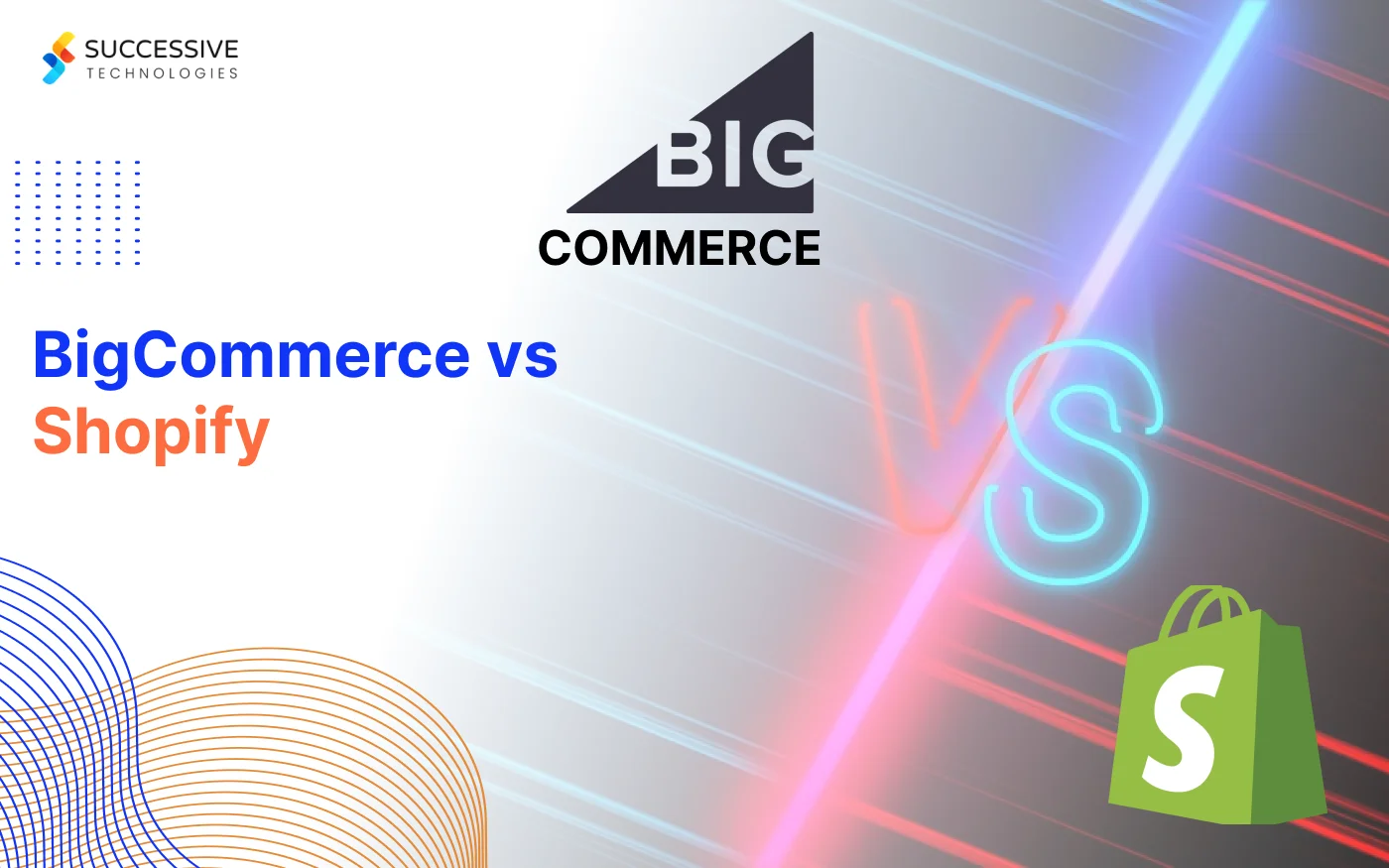In today’s world, the ability to run an online store has become an absolute necessity for businesses that want to remain competitive. But with so many e-commerce platforms available to choose from, it can feel overwhelming to make a decision that will work best for your business. Two of the best-known names in the industry are Shopify and BigCommerce. While both are excellent choices, the decision you make ultimately depends on what your specific business needs are. In the following post, we’ll take a closer look at both platforms and get a better idea of which one is the right option for you.
First, let’s take a closer look at Shopify. Shopify is a cloud-based platform that was first created in 2004 and has since grown to be one of the most popular platforms on the market. The platform offers a range of features that make it an excellent choice for small and mid-sized businesses. One of its defining features is how easy it is to use. The user interface, the dashboard, and the settings are all easy to navigate regardless of whether or not you have experience managing an online store. The platform also offers a variety of built-in themes that makes it easy for businesses to design their website without needing to hire a developer.
On the other hand, BigCommerce is an open-source platform created in 2009. Like Shopify, BigCommerce also offers a range of features that make it an excellent choice for businesses of all sizes. However, its open-source nature means it gives users more flexibility and customization options for their online store. This is great for businesses that need to conform to different branding standards or design custom functionality to their website. However, this flexibility also means that BigCommerce has a steeper learning curve for those without previous experience with development.
One of the key differences between the two platforms is the pricing model. Shopify offers three pricing plans; basic, standard, and advanced. Each of these plans has different pricing tiers with varying features. Basic starts at $29 a month, standard at $79 a month, and advanced at $299 a month. While these prices provide access to a range of useful features for businesses, it can be more expensive for larger businesses that need additional features. BigCommerce has a pricing model similar to Shopify, whereby users pay for features they need. However, the offering is more affordable than Shopify, which is better for small businesses just starting.
In terms of integration, both platforms offer integrations with some of the most popular plugins and services available. Shopify offers over 2,500 apps in the Shopify app store while BigCommerce offers around 800. However, BigCommerce’s open-source nature means that users can also create their own custom integrations and workflows to suit their unique needs.
Conclusion
In conclusion, both Shopify and BigCommerce offer excellent e-commerce platforms that can meet the needs of businesses big and small. Shopify is great for businesses that need an easy-to-use platform that’s entirely hosted and offers a range of e-commerce features with customizations only at the surface level. Alternatively, BigCommerce is an excellent choice for developers who want more flexibility with their online store, including custom integrations, plug-ins, and design customization. Pricing, flexibility, customization, and ease of use are all essential aspects to consider while making a decision. Determine your priorities and use these factors to guide your decisions when selecting your e-commerce platform.
Author Bio:John Smilga is a highly experienced and knowledgeable web developer with a passion for crafting impeccable e-commerce solutions. His expertise in Shopify app development services and Bigcommerce development services have earned him well-deserved recognition from clientele all over the world. He is renowned for his creative approach to web development, always finding innovative ways to bring life to projects. Whether it’s utilizing the latest technologies or taking the time to create user-friendly interfaces, John puts a lot of care into each project he takes on. With a keen eye for detail and an ability to think outside the box, John has become one of the top experts in his field.


